To Vaughan and Beyond – Vaughan Metropolitan
Originally planned as an extension into York University, after 10 years, the new TTC subway expansion to Vaughan is finally here.
Some may be asking, “Why Vaughan?” But those who live in the area certainly understand why. With an already dense population and more and more homes being built, research indicates that growth in the York region of the GTA is going to surge immensely in future. People will be needing methods of transportation that do not contribute to the already congested roads. Enter the TTC subway extension.
According to Vaughan Mayor Maurizio Bevilacqua, it was built not only for current needs, but also with the future in mind. “The subway extension signifies a new era for Vaughan,” he says. “It will continue the transformation we are witnessing in the VMC and across our growing city.”
The extension runs along six new stations. The largest of these is the terminal station, Vaughan Metropolitan Centre (VMC), a vast building off of Highway 7 with a bus terminal and retail space. Surprisingly, VMC does not have TTC parking lots, but there are two city parking lots nearby.
Kelly Graham (planner) and Justin Polce (business office manager) of Weston Consulting say that VMC is Vaughan’s new “downtown and urban growth centre.” Mayor Bevilacqua adds, “Our new downtown, the Vaughan Metropolitan Centre, is taking shape and is now a major transportation hub connecting communities and getting people where they need to go in a faster, more efficient way.”
Just five minutes down the road from VMC is the new Highway 407 Station. With more than 600 parking spaces (which already get filled daily, so that people have started parking alongside any curb they can find) and connections to other transportation networks — GO, YRT, Viva — Highway 407 has become a standout favourite for commuters (especially because parking is free until the end of March).
Closer to the border of Vaughan and Toronto is Pioneer Village Station, whose parking lot will be the secondary one when the one at Highway 407 is full. Pioneer Village Station adds much-needed subway support along Steeles Avenue and boasts an impressive 1,800 commuter parking spots.
Moving along into Toronto, at the originally planned terminus of the expansion is York University. The addition of a York University station eliminates the need for quasi-shuttle buses and “will free up the university’s bus terminal for more prominent bus routes,” say Graham and Polce. York U station will also make travelling to and from the university significantly easier for students and employees.
Another option for overflow parking, especially for those in the west end of Toronto, is Finch West Station. Situated at Keele and Finch, Finch West Station will help reduce the numbers of people needing to travel to Sheppard West, Wilson and Yorkdale.
Finally, the addition of Downsview Park Station (causing the formerly named Downsview Station to be renamed Sheppard West) will alleviate the stress and traffic at Sheppard West Station, especially for commuters who live farther west.
All of the new stations are wheelchair accessible and have free Wi-Fi. Although some have complained that the new stations (except VMC) lack bathrooms, it is typical for nonterminal TTC stations not to have them.
The new stations also feature unique design and public art. Stuart Green, senior communications specialist for the TTC, says, “We had public art juries that were involved with both the design and the artwork, and they were all put together in a way that would create stations that are open, inviting, welcoming to people, bright, [and] that allow for good movement of people at the busiest times.”
In contrast to older TTC stations, with their limited space, each of these new stations has its own considered design. “There are a lot of windows, a lot of use of natural light, and that gives it an airier feel,” Green says. “It allows you to feel more connected. It’s safer, it’s brighter [and] it means that we can save on energy costs, because we don’t have to light them during the day. We have very limited lighting and electricity costs during the day because of the natural light. There’s a method as to why those stations are as big as they are.”
While the usage of the stations are already quite high, there is plenty of room for more passengers. Green says, “We are under no illusion that they are at their peak use yet,” he says. For TTC and the City of Vaughan, the new expansion is all about planning for the future and estimating what they expect usage to be.
“You think five, 10 years down the road, and you think VMC, you think about the development that’s happening around there, the number of people who will be attracted to the subway because they’ve heard from their friends that it’s a much faster way to get in and out of the city. We’re going to see incredible ridership growth in those areas,” Green says.
He likens the central hub station, VMC, to an airport. At its busiest times, an airport needs a large amount of space for people to move around efficiently. The same is true for VMC, since it is not only a terminal subway station, but a bus terminal as well. The anticipated use for the extension alone in a mere three years is 24 million people.
“We’re going to see incredible ridership growth in those areas” — Stuart Green
Furthermore, several of the new stations will be home to retailers. “There are a number of contracts that have been signed with retail outlets. VMC is an interesting one because it has a direct connection to the YRT terminal, a connection to the Viva and a bus terminal on the other side. There are a lot of walkways and connections. At those connections you will see retail,” Green says.
The issue of safety has also been addressed. In addition to all of the safety measures already in place — designated waiting areas, emergency strips on trains and dedicated transit enforcement — the staff at all of the new stations will not be confined to collector booths, but move about the station and on the platform at all hours to ensure that anyone feeling unsafe has someone they can go to for help.
But aside from the new stations, the major advantage of the subway expansion is that it improves traffic and commuting time — not to mention, it reduces carbon emissions from long drives into the downtown core. It now takes approximately 42 to 43 minutes to get from VMC to Union. This saves you a significant amount of time if you are accustomed to driving into Toronto to take the subway.
Green says, “One of the things that we’re hearing a lot from people who are coming in from VMC in particular is how much quicker they’re getting in and out of the city. We’ve had people tell our station staff that they used to drive an hour and a half from King City and the like. Now they’re able to drive only as far as Vaughan, park, and then take the subway, and they’re literally saving half their journey…. That’s not insignificant. If you add that up times five days a week times two trips per day, that’s hours a week that people are able to save if they use the public transit alternative.”
During peak hours of traffic, both Highways 401 and 400 experience major congestion, which adds time to already-long commutes. While the numbers have yet to come in, there is speculation that, because of the expansion, this congestion will have been reduced, because fewer people need to drive into Toronto to take the subway.
Graham and Polce say, “It is now possible to reach areas in Toronto within an hour by subway during rush hour, which is an upgrade in juxtaposition to having to rely on vehicles during these peak, heavily trafficked hours.” Ridership appears to be quite high, and the parking lots in both VMC and Highway 407 are mostly full. “This is hopefully a sign of improving the flow of traffic between Vaughan and Toronto.”
That said, riders of the new expansion are still experiencing some of the same old problems, such as stoppages and delays and trains going out of service. As much as the expansion has improved things, there is still a ways to go.
Even so, the subway expansion has truly opened up Vaughan in a way it never has been before. “Vaughan has undergone a tremendous transformation in the last seven years and is now at a turning point in its evolution,” Mayor Bevilacqua says.
The opening of VMC boosts an already burgeoning Vaughan downtown core and further influences its growth and expansion. “With the growth in our new downtown, we anticipate 11,500 new jobs, of which 5,000 will be new office jobs being created in the VMC alone,” Bevilacqua says. New tenants taking early advantage of the VMC office space include KPMG, Miller Thomson, PwC, GFL Environmental and Harley Davidson.
Not only does the expansion help cement Vaughan as a business-centred city, it also provides an easy route to people who wouldn’t normally travel to Vaughan. Graham and Polce illustrate this point with an anecdote: “For the first time ever, our firm’s principal, Peter Weston, was able to host a luncheon in the Vaughan area that included all Toronto-based attendees, who commuted to the area using the subway.”
And more commuters coming into Vaughan will have positive effects on its economy, tourism, growth and ability to be recognized not only in the GTA, but outside of Ontario and even Canada.
“We are the only municipality outside of Toronto to be connected to the subway. Vaughan is now linked directly with the core of Toronto with a 42-minute ride from the VMC Station to Union Station — something that no other 905 municipalities can claim. It means a great deal to us, because we have been given a golden opportunity to maximize the potential of our city and provide Vaughan residents the transit services they deserve,” says Bevilacqua.
As of now, the only other subway additions planned by the TTC are a line 2 extension from Kennedy to Scarborough Town Centre, a downtown relief line and an extension of line 1 on the Yonge side up into Richmond Hill. But here’s hoping the Vaughan subway expansion, a project that required collaboration between multiple cities and branches of government, sets a precedent for the continued growth and improvement of our transit system.
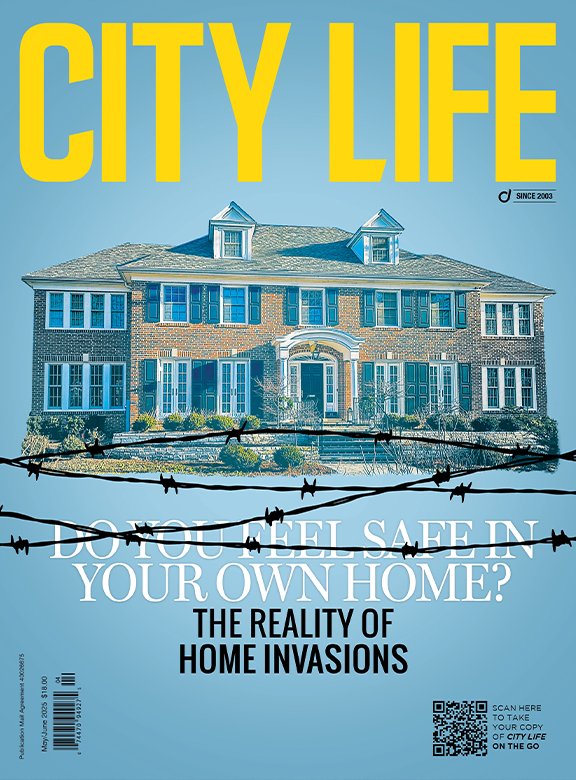






































































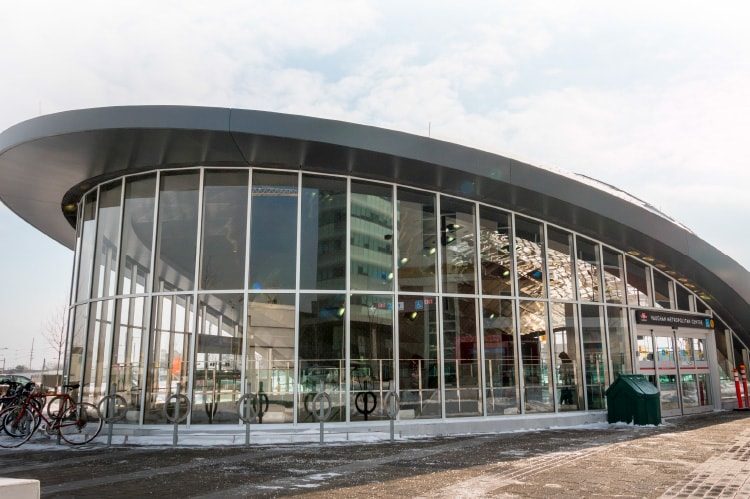
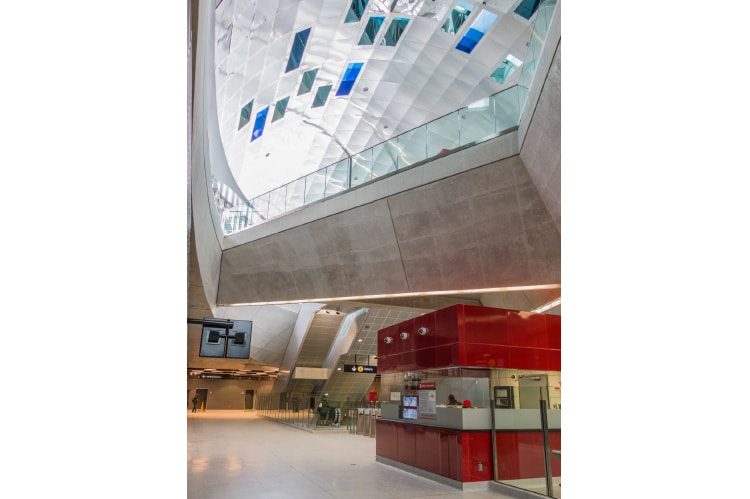
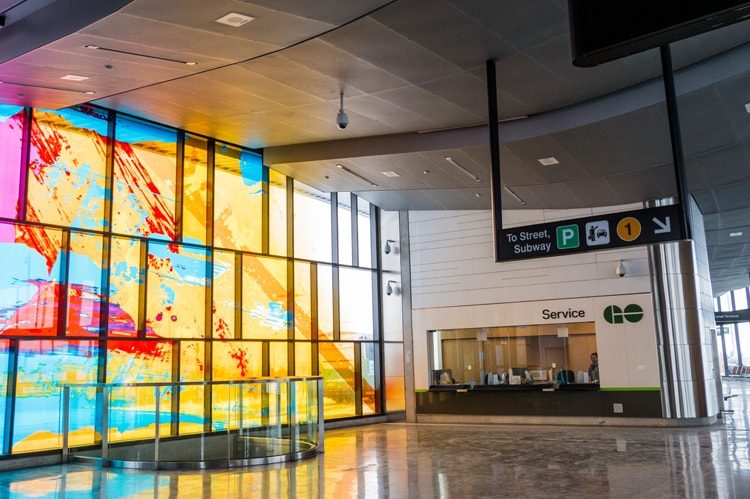




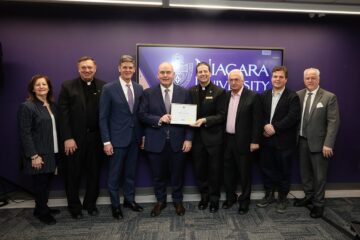


1 Comment
Please report facts.
The new stations north of york u are not busy at all. This article is misreporting it. Most do not want to ride both yrt and ttc, and pay a total $7 fare each way. We need a “$1 ride to vmc” fare.
Also, stations in vaughan are still under construction.